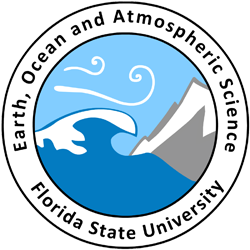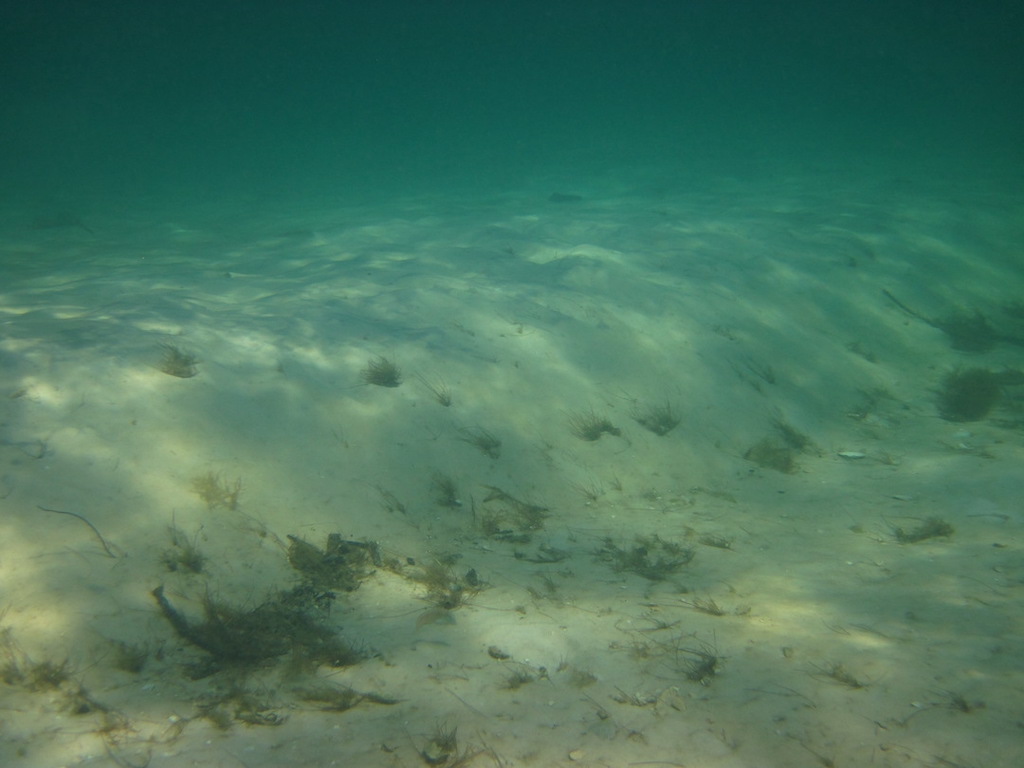Megaripple ecology
In marine soft bottom environments with strong bottom currents bedforms are generated, with wavelength from centimeters to over 1000 m, and heights a few millimeters to tens of meters. “Megaripples” are defined as a common subclass of these bedforms with wavelengths between 5 and 50 m and heights up to 1.5 m. The energetic settings may where megaripples occur may be the central reason why our present knowledge regarding the biogeochemical and biological processes in these large marine bedforms is rudimentary. In-situ measurements and sampling coarse, non-cohesive sediments in high current environments is challenging and we deploy the eddy covariance technique to determine fluxes in megaripple fields. The main goal of our research program is to determine the biogeochemical functioning of these abundant bedforms.
Fields of megaripples can produce dynamic underwater seascapes, with bottom currents building, moving, and destroying these seascapes. These dynamics modulate the physical, sedimentological, and chemical gradients associated with the bedforms and thereby key characteristics relevant to biogeochemical processes and benthic life. The strong currents that form and maintain the marine bedforms can transport substrates as well as oxygen into and through the bedforms. This is reminiscent of processes that were described for small marine sand ripples, suggesting that these processes may be present as scaled-up versions in the large marine bedforms. Megaripples thus may be hot spots for accelerated biogeochemical reactions and sites for life forms that can take advantage of the enhanced supply of electron donors and acceptors in highly energetic settings. Seafloor areas with megarippels or sandwaves thus may be some of the most biogeochemically active sedimentary environments in the oceans. Our research addresses the ecology of the megaripples.

